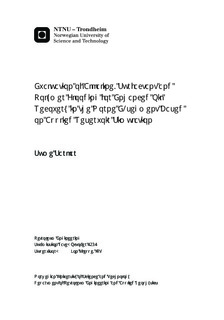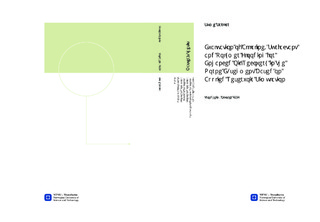| dc.description.abstract | The world needs energy and over the short and medium term it is clear that much of our global energy consumption will come from fossil sources such as oil, gas and coal. With the current growing demand for oil led by major energy consuming countries such as China and India, securing new oil resources is a critical challenge for the oil industry. Each year, new production is needed to compensate the natural decline of existing wells, and the additional production required to satisfy the yearly demand for hydrocarbon energy that will represent approximately 9% of the worldwide total production. For this growth to be sustainable, a strong focus will have to be placed on finding new discoveries and/or optimizing oil production from current resources. The cost associated with the first option is significant. Therefore, reservoir management teams all over the world will have to cater for this demand mainly by maximizing hydrocarbon recovery factors through Enhanced Oil Recovery (EOR) processes. EOR consists of methods aimed at increasing ultimate oil recovery by injecting appropriate agents not normally present in the reservoir, such as chemicals, solvents, oxidizers and heat carriers in order to induce new mechanisms for displacing oil. Chemical flooding is one of the most promising and broadly applied EOR processes which have enjoyed significant research and pilot testing during the 1980s with a significant revival in recent years. However, its commercial implementation has been facing several technical, operational and economic challenges. Chemical flooding is further subdivided into polymer flooding, surfactant flooding, alkaline flooding, miscellar flooding, alkaline-surfactant-polymer (ASP) flooding. ASP flooding is a form of chemical enhanced oil recovery (EOR) that can allow operators to extend reservoir pool life and extract incremental reserves currently inaccessible by conventional EOR techniques such as waterflooding. Three chemical inject in the ASP process which is synergistic. In the ASP process, Surfactants are chemicals that used to reduce the interfacial tension between the involved fluids, making the immobile oil mobile. Alkali reduces adsorption of the surfactant on the rock surfaces and reacts with acids in the oil to create natural surfactant. Polymer improves the sweep efficiency. By simulating ASP flooding for several cases, with different chemical concentrations, injection length, time of injection, current well optimization and new well placement, this report suggests a number of good alternatives. Simulations showed that the most effective method was not the most profitable. From the simulation results and economic analysis, ASP flooding can be a good alternative for the Norne E-segment. But the margins are not significant, so fixed costs (such as equipment rental) will be of crucial importance. | nb_NO |

